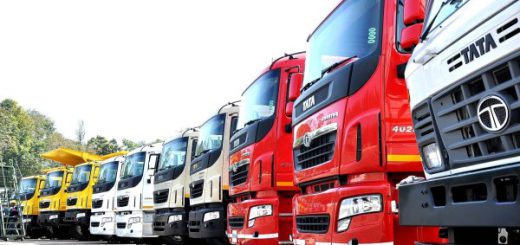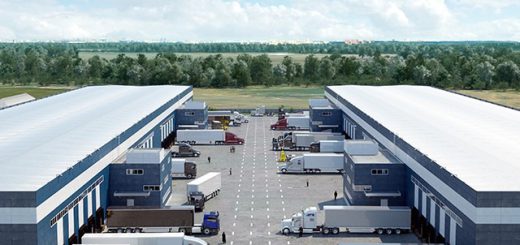IDTechEx Delves Into Zero-Emission Trcuks: Exploring Electric and Fuel Cell Technologies
Fresh city air and guilt-free online shopping deliveries could become a reality thanks to electric and fuel cell trucks. As environmental awareness grows and the hydrogen economy flourishes zero- and low-emission trucks are expected to see large-scale adoption over the next decade.
With the expansion of retail industries and online shopping platforms, more transportation is required, making zero-emission trucks a timely solution. Stricter CO2 emission regulations have prompted companies to prioritize cleaner air from an environmental and business competitiveness perspective. Online shopping won’t have to significantly contribute to emissions, as electric and fuel cell trucks won’t negatively impact the environment during deliveries.
Cities and built-up areas could benefit from cleaner air, free from excess fumes from fuel combustion, which is a major contributing factor to poor air quality. Large trucks currently consume between 30 and 40 liters of fuel per 100km, significantly more than passenger cars, which range from 4 to 7 liters per 100km. Trucks also rack up much greater annual mileage. Electric and fuel cell trucks present an opportunity to reverse these figures, and over the past few years, battery-electric trucks have progressed from prototypes to commercial models.
According to the IDTechEx report “Electric and Fuel Cell Trucks 2024-2044: Markets, Technologies, and Forecasts,” by 2044, 82% of the approximately 1.8 million zero-emission trucks sold annually will be battery-electric.
The growing hydrogen economy will pave the way for more fuel-cell trucks on the road. While the cost, lack of infrastructure, and challenges in producing hydrogen solely for trucks have been obstacles, the processes for making hydrogen for cleaner, widespread energy sources will greatly benefit the fuel cell industry.
Also Read:- MHI and ICCT Collaborate to Establish EV Taskforce for Promoting Electric Truck Adoption
Fuel cells offer advantages for long-haul journeys and cold weather conditions, where battery performance might suffer. Hydrogen has a higher energy density per kilogram compared to batteries, and refueling a tank is quicker than charging a large battery pack. Lowering costs could be a long-term goal for hydrogen companies. Although battery electric trucks are currently more common, they can be restricted to short-haul journeys due to the weight of large batteries, limited range, and reduced performance in cold weather.
The electric and fuel cell trucks sector is expected to reach US$207 billion by 2044, and both technologies are part of the solution for achieving a zero-emission transport sector. Government support, such as subsidies for truck purchases, could incentivize companies to invest in these future transport methods, potentially reinventing the reputations of the trucking and retail industries.
For more information, readers can refer to the IDTechEx reports “Electric and Fuel Cell Trucks 2024-2044: Markets, Technologies, and Forecasts” and “Fuel Cell Electric Vehicles 2024-2044: Markets, Technologies, and Forecasts.”




Recent Comments